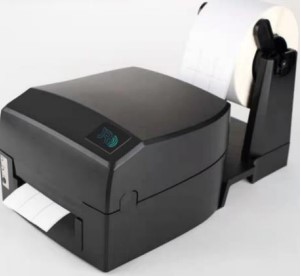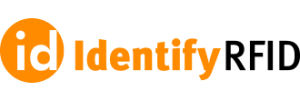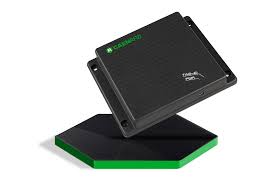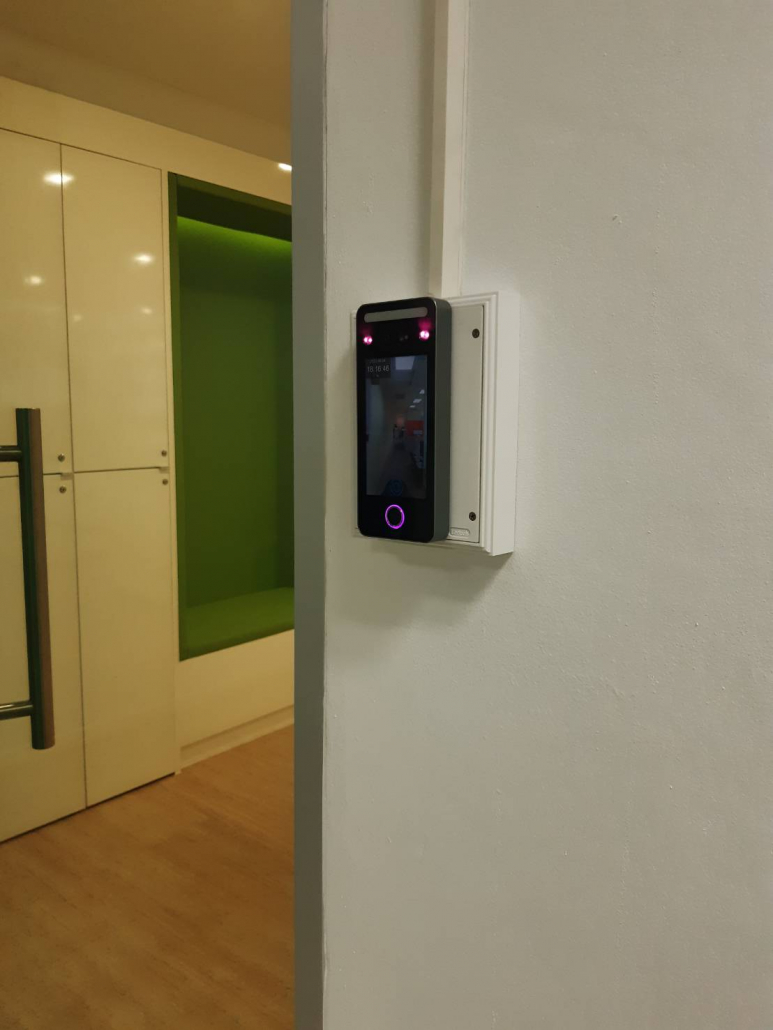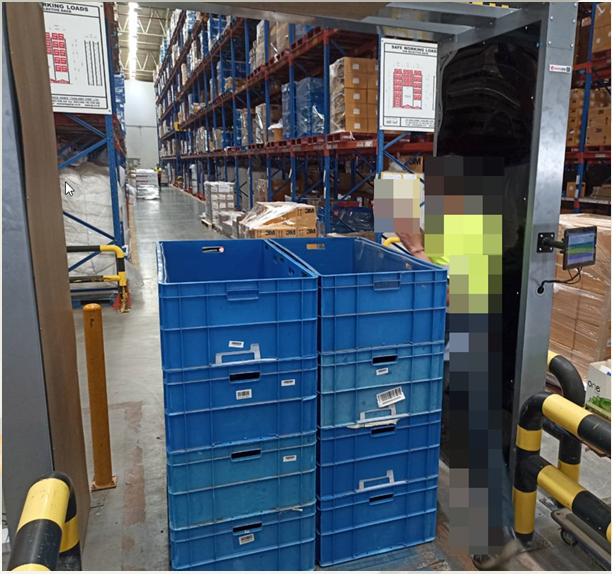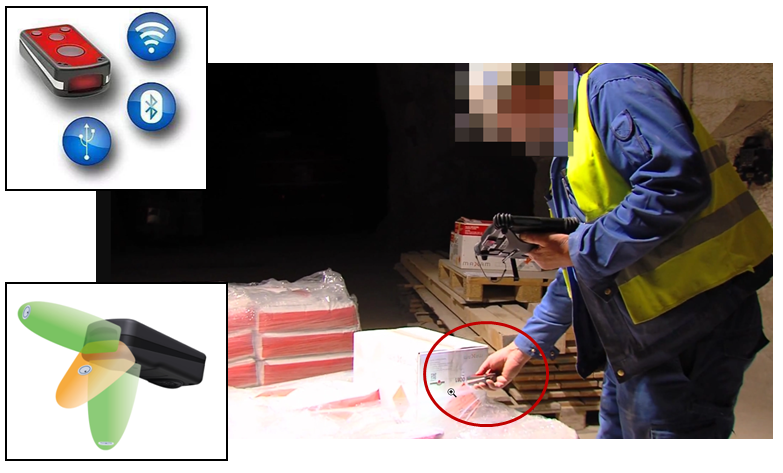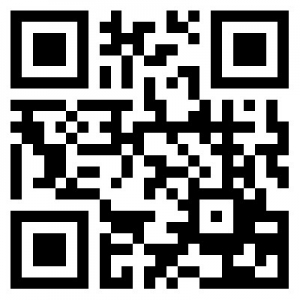CHALLENGE
There are myriads of person identification technologies which are applied in access control solution such as RFID card, face scan, finger scan or etc. However, employing these technologies for visitors can create inconvenience and may be considered as violating personal data. Realising on this limitation, Identify has developed an access control which supports various identification technologies particularly QR code. The QR code identification is designed to employ for temporary usage such visitor management in order to reduce both constraints .
SOLUTION
Within one reader, it can support multiple identification technologies including RFID card, face scan, finger scan and QR code. RFID card, face scan and finger scan are designed to employ for permanent usage such as permanent staff or resident in such premise while QR code is designed to apply for temporary one such as visitors or messenger. For business visitors will receive invitation QR code from those who create the meeting. This QR code will allow the access level for individual visitor within a specific period. When the visitor arrives the building, he just scans his QR code on the access control reader to access to the building or meeting area. He can use this QR code for a certain period. After the meeting, the QR code will be expired. The visitor does not need to return the QR code as the normal RFID card. Alternatively, the visitor can do on-site registration for the visit. After completing the on-site registration, the QR code will be generated. He can use this QR for access control purpose.
RESULTS
• Eliminate the card return process for any visitors
• Reduce the risk of violating personal data
• Reduce manual operation
• Have track record of all visitor in electronic format.
